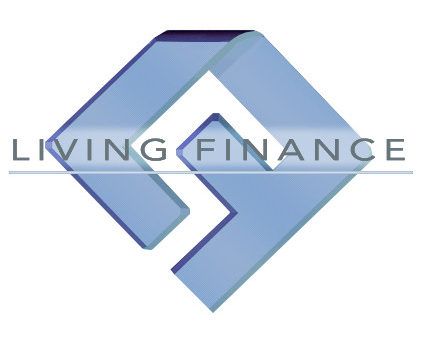S&P 500
June, 2020.
This trading System is applied on S&P 500 Stocks. It is backtested from March 1996 to June 2020. About 800 Stocks are considered during this period, listed by Market Capitalization on daily basis. In fact, during these 25 years, the 500 stocks with the greatest capitalization have been in constant change. It would be a mistake to test the strategy on the currently greatest 500 stocks because it would be like predicting, 25 years ago, which stocks would grow more. The 300 Stocks with lowest capitalization are cut off from trading. Below it is reported the backtest parameters. Notice the great edge during down Market trends and the final higher gain.
Commission: 40 $ per trade (Buy + Sell)
Slippage: 0,10% per trade
Initial Capital 10 mln $ (10.000.000 $).
Gains reinvested.
Equity Line.

Drawdown is in %, equity line is in USD. Notice taht in 1996 S&P 500 traded about 16 USD Bilions every day, in 2020 over 200.
The most interesting aspect is the relationship between Equity Line and S&P500 Index. Graph below shows them by the same starting point of 100 and thier drawdowns.

Equity Line drawdowns are much smaller and this aspect allows the investment to be more sustainable and profitable over time.
Another important analysis is the relative strength (calculated as Equity Line/S&P500 Index) to observe when the strategy is stronger or weaker than the Index.

The Strategy is stronger with a rising Relative Strength (light blue periods), weaker with a falling Relative Strength (light gray periods) and equal with a costant Relative Strength (white periods). During the two long downtrends of Stock Market (2000-2002 and 2008-2009) the Strategy has always performed much more better than the Index. During uptrends the Strategy can be stronger, weaker or neutral.
The 2020 crash lasted 1 month (from 20th of February to 23th of March). It is too fast to see details in this graph but S&P500 Index lost 36% and the Stragety lost 34% on an intraday basis and 30% on a daily basis.
